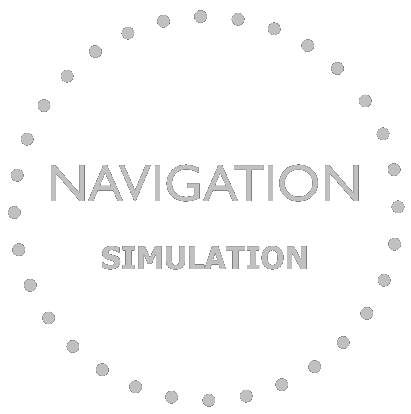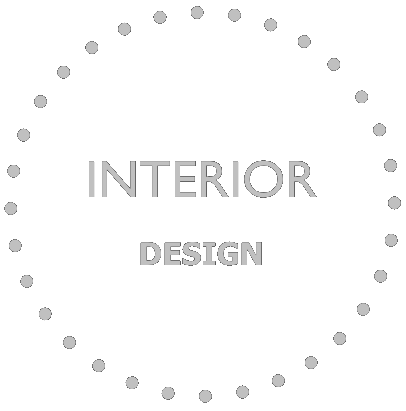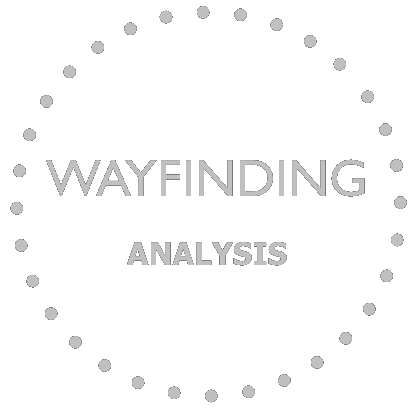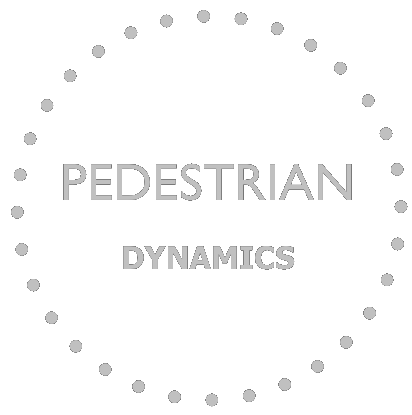ABOUT THE RESEARCH INTENSIVE
``Universal Design and the Built Environment'' is an inquiry and research intensive at the upcoming edra45neworleans conference to be held during May 28-31 2014, New Orleans, USA.
The research intensive will present an overarching view of recent community initiatives, and other scientific deliverables (e.g., systems, case-studies, experiments) focusing on aspects of architectural cognition, cognitive design computing, and evidence-based analyses with respect to processes of assistive design tools and frameworks, and their impact on real-world Professional Design Practice, and Design Learning and Education. The underlying theme is that of universal access and usability, individual well-being, and "structure, function & behaviour" for the design of the built environment.

Mehul Bhatt
Spatial Cognition Research Center
University of Bremen
Germany

Gena English
Interior Design
New Parkland Hospital
Dallas, Texas
USA

Lori McGilberry
Interior Design
Corgan Associates , Inc.
Dallas, Texas
USA

Robert Agosta
Interior and Signage
Mitchell Associates
Delaware
USA

Rodrigo Mora
School of Architecture FAAD Universidad Diego Portales Santiago, Chile

Carl Schultz
Spatial Cognition Research Center
University of Bremen
Germany
RESEARCH INTENSIVE FOCUS

Universal Design
Universal Design for architecture refers to the characteristic of the built environment to be "usable to the greatest extent possible by everyone, regardless of their age, ability, or status in life". Concepts of universal design range from basic considerations of barrier or hindrance free design, to those pertaining to social, psychological, physiological, and aesthetic dimensions involved in the multi-faceted relationship between humans and the built environment.
Architectural Cognition
Architects concerned with designing a building are confronted with imagining and anticipating the visuo-spatial and navigational experience of building users during the initial (design) conception phase. Architects, and therefore architectural design assistance systems, must envision the shape of empty space that achieves required economic, social, functional and aesthetic preferences. Knowledge generated from evidence-based methods from environmental and social psychology can also find its way into educational discourse and computational tools for design creation & analysis.
Built Environment
The complex interrelations between fundamental design elements, patterns, and constructs occurring within systems of spatial organizationand physical structure as they accrue in the design of the built environment are the subject of study in professional architectural education. However, cognitive modalities of human perception, attention, action, dynamics, environmental affordance and user experience, and design conception and semantics have not conventionally been a core aspect of architectural training and practice.
HOW CAN COGNITIVE MODALITIES CONSTITUTE THE FOUNDATIONAL BUILDING BLOCKS OF DESIGN EDUCATION, DISCOURSE, SYSTEMS, AND THE PROFESSIONAL PRACTICE OF SPATIAL DESIGN FOR ARCHITECTURE?
PEOPLE CENTRED ARCHITECTURE DESIGN
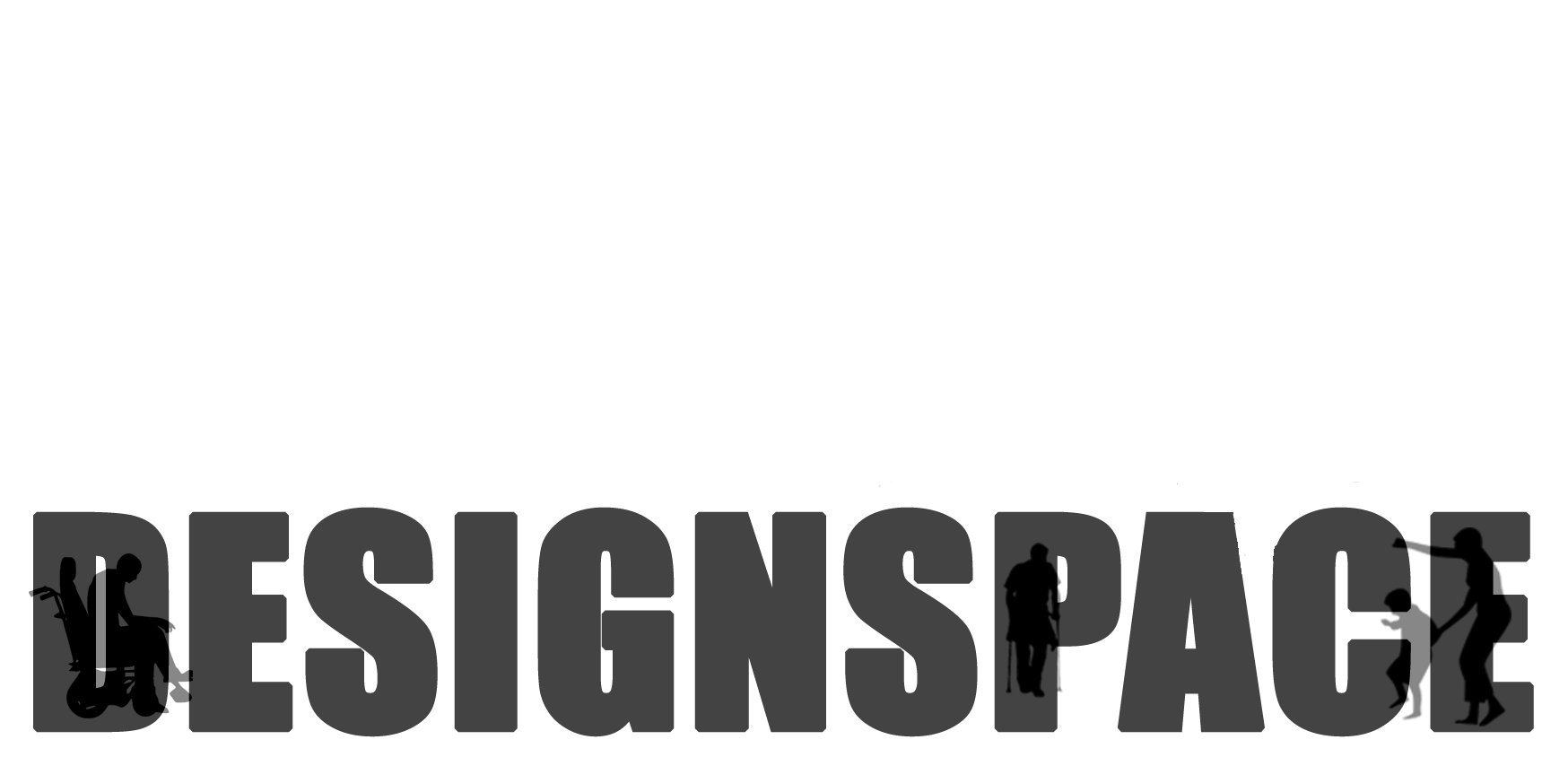

Conception
How can the future evolution of (architectural) design computing bring notions of design semantics, structure, function, and people-centred design to the fore at an ontological, representational and computational level?

Computation
What is the role of specialized forms of visuo-spatial abstraction, and commonsense spatial reasoning, within the broader realm of design computing, spatial design assistance, and tools for design learning and education?

Communication
What is the nature and form of the analytical feedback that designers and planners expect during the early design conception and iterative refinement phase?

